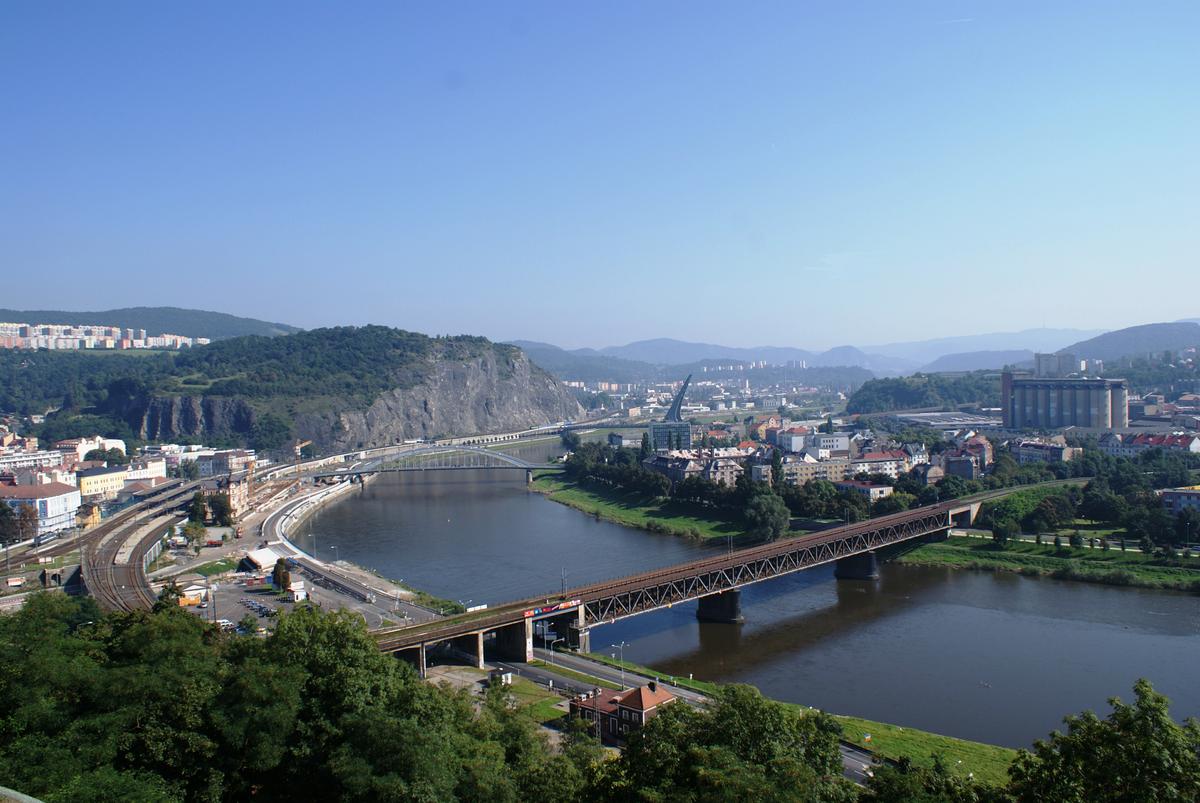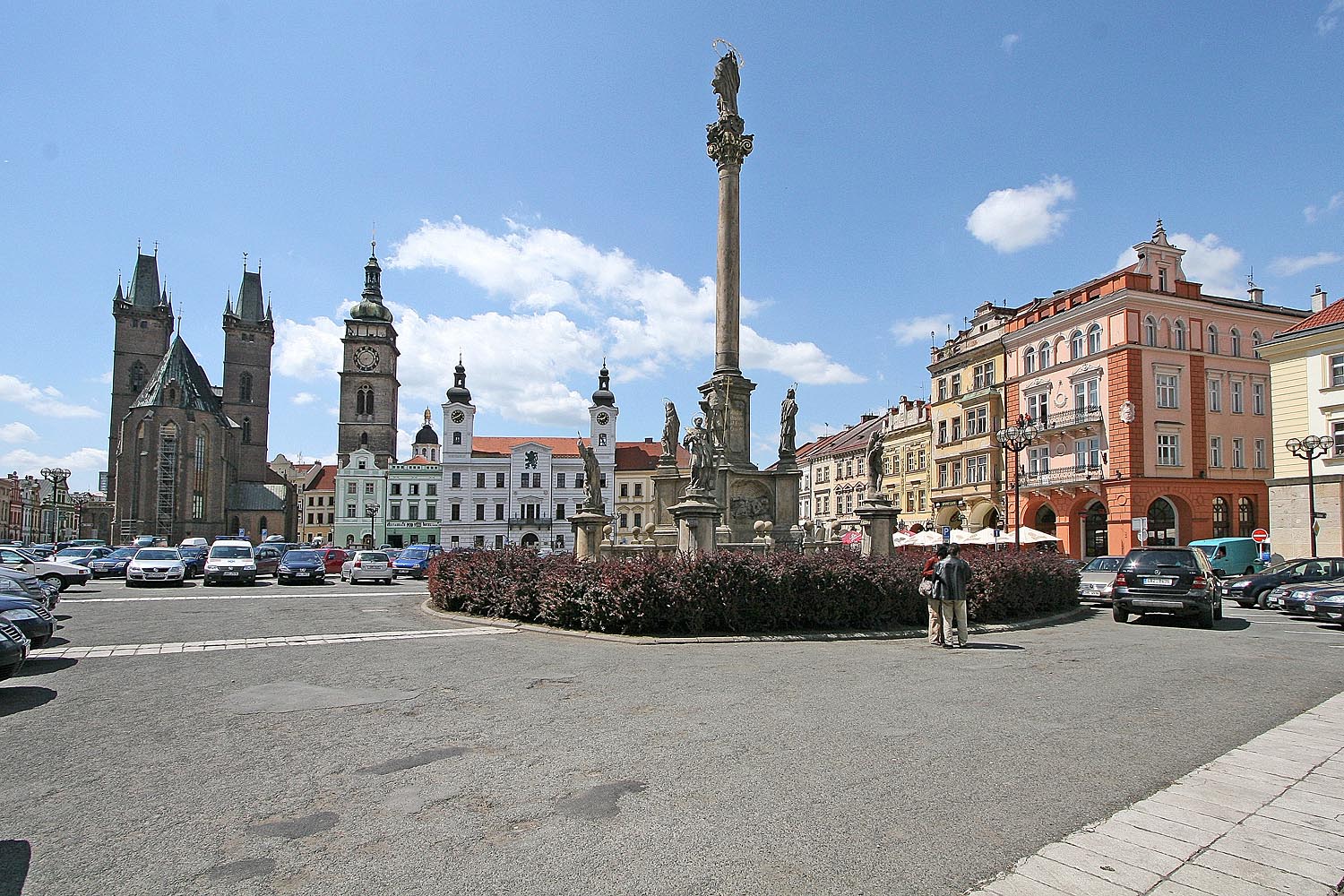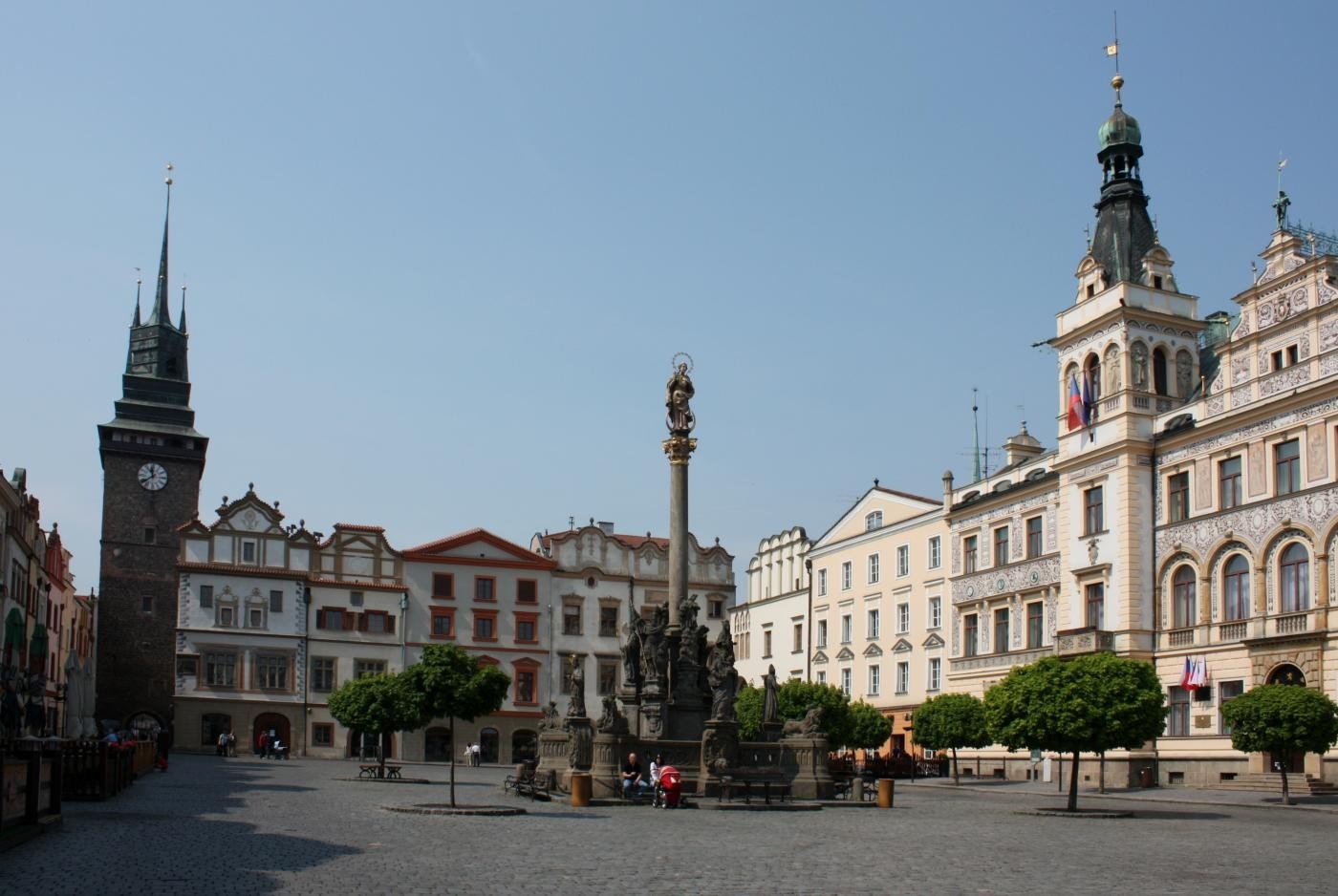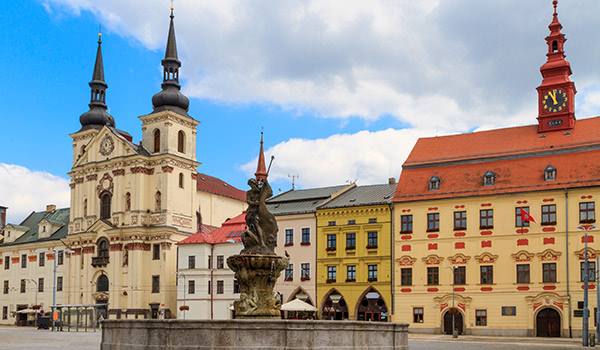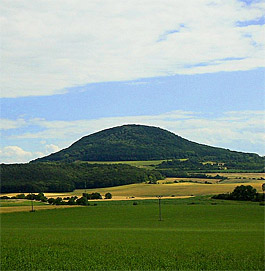Hi,
today I'm going to tell you something about the smallest historical land of Czech Republic. It is Czech Silesia, situated to the north-east. In Czech it is called Slezsko [slesko].
Small window of history
Czech Silesia was always disputed territory, bacause it is part of Silesia - the rest of this historical land is now situated in Poland. In history Bohemian Crown held whole Silesia, than Bohemian Crown was under the Habsburg Monarchy so it belonged to it. After the First Silesian War the part of Silesia which is now in Poland was token by Prussia.
 |
| Coat of arms |
Unless I've not already said that Czech Silesia was part of Sudeten area which became a part of German Reich by Munich Agreement in 1938 (it was caused by the policy of appeasement for no war, although it didn't help, obviously). Following the end of the Second World War in 1945, restored Czechoslovakia gained back Czech Silesia.
Language
Mostly around town Ostrava people speak with shortened vowels - this seems very funny for Bohemians and we call it that Ostravian people have short beaks, in Czech "Ostraváci mají krátké zobáky" and we pronounce it very shortly so it shoud be written like "Ostravaci maji kratke zobaky" because accent above the vowel means it's pronounced long. (Did you have it, understand? If you have any question write it in comments below ☺).
Dialects in Czech Silesia is mostly more resebling to Polish than to Czech. It is caused by nearness of Poland border.
Silesian language is used in whole Silesian area. It is ranked to West Slavic lect with its reseblance to Polish, Czech and Lusatian. Silesian is sometimes called Lach.
Towns
Opava - situated to the east of Czech Silesia, former capital
 |
| Tower Hláska |
Ostrava - the largest, on the Moravian-Silesian border
 |
| Ostrava is industry town |
Český Těšín (Czech Teschen) - in the heart of Czech Silesia
Karviná - to the east
Jeseník - to the north-west
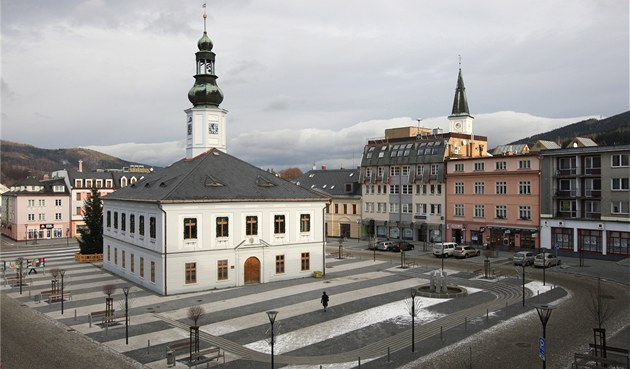 |
| Jeseník is in mountains called Jeseníky |
Havířov - to the east of Czech Silesia
 |
| The runner Pavel Maslák was born there |
People
There is a significant Polish minority. And local people wear folk costumes. Some exaples:
So, why don't have a look in this country? It is beautiful, our little Czech Republic, the heart of Europe.
Your Esi Ceadrwood









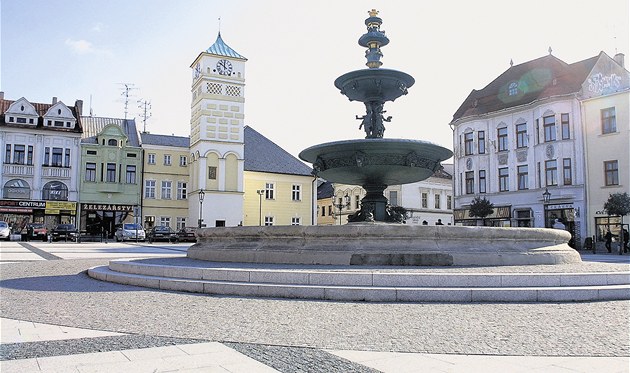




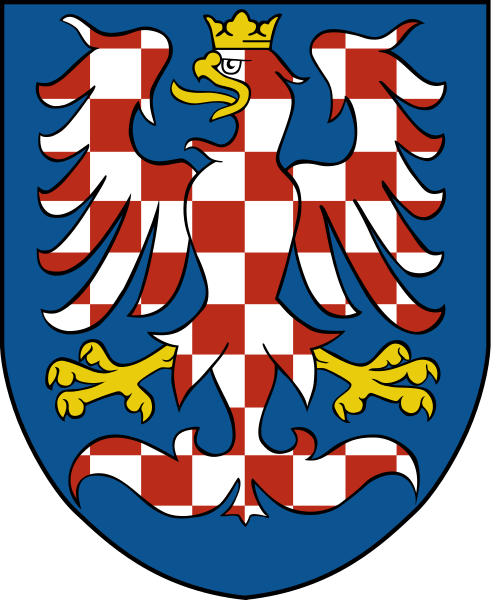





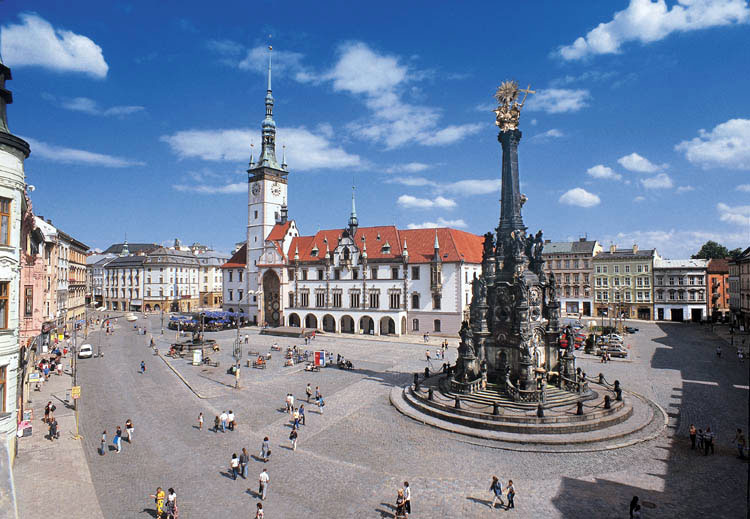










.png)



